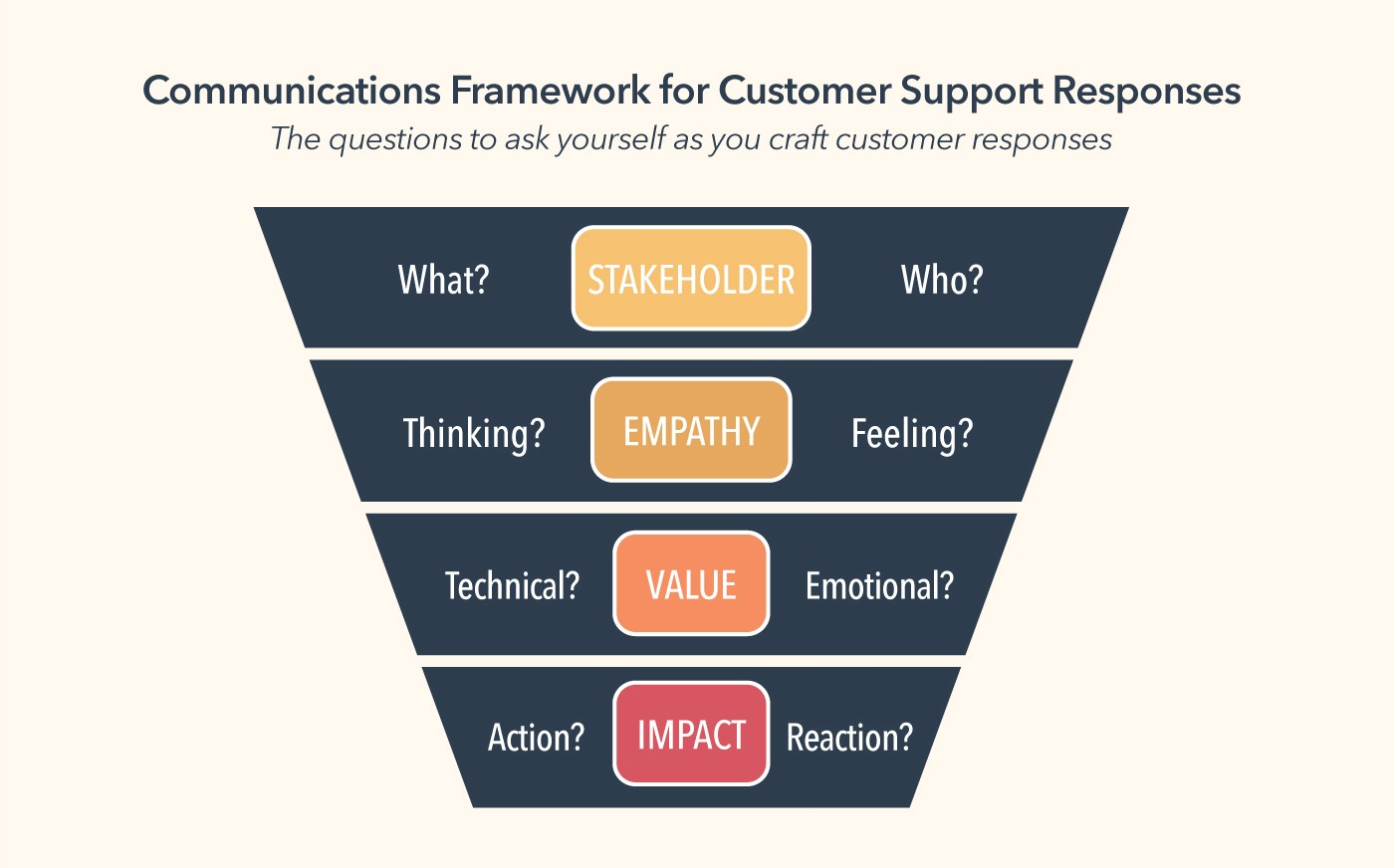One of my favorite parts about working at Seer is having the opportunity to build relationships with our clients. In fact, it’s what led me to recently start a new hybrid role on both our SEO and Client Engagement teams. In my 5+ years at Seer, I’ve always appreciated the value Seer puts on building excellent relationships with our clients. We strive to be a valued partner, not a vendor - because where’s the fun in that?
Maya Angelou famously said "I've learned that people will forget what you said, people will forget what you did, but people will never forget how you made them feel." How we make our clients feel can lead to lasting partnerships that continue as they progress throughout their career.
Being here for over 5 years has led me to run the gamut between working with a lot of different clients across a variety of industries, and to identify what has really made the difference with fostering successful client relationships. Below are just a few ways that I’ve felt were helpful in building relationships with clients, in the hopes that a couple may be meaningful for you!
1. Get to Know Them
Do you remember when you were a kid, and you saw your teacher at the supermarket, and it blew your mind that they left the classroom at the end of the day and led a life of their own?! I think sometimes we can subconsciously do the same with our clients, especially when you’re communicating virtually for the majority of the week.
Just like us, clients have lives and hobbies outside of work, whether that be a family or a favorite sports team. Showing genuine interest and care about their lives outside of work is a great way to break down the barrier build a relationship. I’ve heard a lot of folks mention that when they’ve met a client face-to-face and had the opportunity to grab dinner as a team, it has made a world of a difference in feeling more comfortable, from both the client and agency side of the table. Even sending them a baby gift to celebrate a new addition or a link to an article you know they’d enjoy are small gestures that show that you’re thinking of them.
While you don’t have to be BFFs, I’ve found that you’re bound to enjoy working together more if you find mutual ways to make a connection, and remember that there’s another human on the other side of that conference line.
2. Have Empathy
Just as it’s important to get to know your client, it’s also key to have empathy for where they are in life, outside of the day-to-day work you’re doing. At any given day, they might be going through a tough time, or juggling two jobs at work, or feeling run down from a nasty cold. Whatever the circumstances, what you need from your client might be last on their list of priorities for that day, so try to be empathetic about that and ask yourself, or even reach out to them and say: “how can I help?”
This is especially helpful when you might notice that they sound a little stressed on a call, or seem to be more delayed than usual in providing feedback on a deliverable. Rather than get frustrated or angry, assume positive intent. One of our Sr. SEO Team Leads always reminds our team of this, which I think came from an interview from Indra Nooyi, the CEO of PepsiCo.
One of my favorite parts of this interview includes this excerpt:
“When you assume negative intent, you're angry. If you take away that anger and assume positive intent, you will be amazed. Your emotional quotient goes up because you are no longer almost random in your response. You don't get defensive. You don't scream. You are trying to understand and listen because at your basic core you are saying, "Maybe they are saying something to me that I'm not hearing."
3. Communicate Well and Consistently
I think one of the most important aspects of any relationship, whether that’s with a client, your family or a significant other, is in having solid communication and follow-up. The last thing you want to happen is for a client to have to come chasing YOU for an answer.
Instead, whenever I’m communicating with a client, whether through an email or a phone call, I try to use variations of the communication framework below, from Thinkgrowth.org:

For example, after I get off of a call with a client and I’m putting together a recap of our conversation, I’ll first ask myself these questions to make sure my message is clear, speaks to the appropriate audience, comes from the correct tone, incorporates their level of expertise on the task at hand, and provide an actionable takeaway or ask.
Depending on the client, this might take the shape of 3 simple bullets, especially for folks who spend most of their days in meetings. On the flip side, I have clients who prefer detailed notes. It’s all about knowing how your client likes to receive information and doing so in as productive a way as possible to reduce back-and-forth communication.
Consistency is just as important - before every single client call we send an agenda. After each call we send a recap that provides our clients with next steps needed on their end as well as ours. For some clients, we also provide a brief template for them to use whenever they have a new request. This way, we provide them with a framework for other team members to use, especially in large organizations where ad hoc requests come from left and right across other teams. This way, they will always know what information Seer needs to kick off a new task, and we don’t have to spend extra time going back-and-forth and scheduling follow-up meetings.
4. Make Them Look Good in Front of Their Boss
There’s no easier way for a partnership to renew than when performance is up, and the client and their higher ups are pleased with your results. A big opportunity to showcase this is during QBRs or planning meetings. This is often the only chance you have to get everyone in the same room, in-person, including your clients and their leadership - so it’s important to make a good impression, including:
- Planning out logistics for the day of, from start times to breaks
- Preparing in advance for the presentation, to ensure the most important information and highlights are covered first
- Demonstrating knowledge and expertise in their industry and their specific business model
- Giving a nod to everyone in the room (outside of the Seer team) who has made a valuable contribution to the success of your project
The last bullet on giving a nod to everyone in the room is an important one, many times your clients are the ones going to bat internally to get the changes you need made implemented, let’s give them credit where they deserve! It also shows awareness to your client’s contributions, making them that much more motivated to continue to push forward.
5. Be Positive
Having a positive attitude with clients can sometimes be the most challenging part of the job when you have a laundry list of items waiting for implementation, or if you’re getting push-back on approvals. Regardless, as your client’s partner, you don’t get to be the one who complains or gets frustrated. At least, not in front of them. It’s our job to consult them on the best available path forward, and to do so with a positive outlook.
After all, negativity not only affects your mental state and the quality of your work, but it can also lead your client to feel the pressure as well. Instead, try to be positive and put your client at ease that we’ll get whatever it is figured out. Taking that pressure off their plate will not only allow them to focus on their priority tasks that likely tie back to your work, but also fosters a trust in you and your team that you’ve got their backs.
Do you have any other tips on how you’ve built lasting relationships with your client partners? Comment your thoughts below or sign up for our newsletter for more posts like this!


.png)
